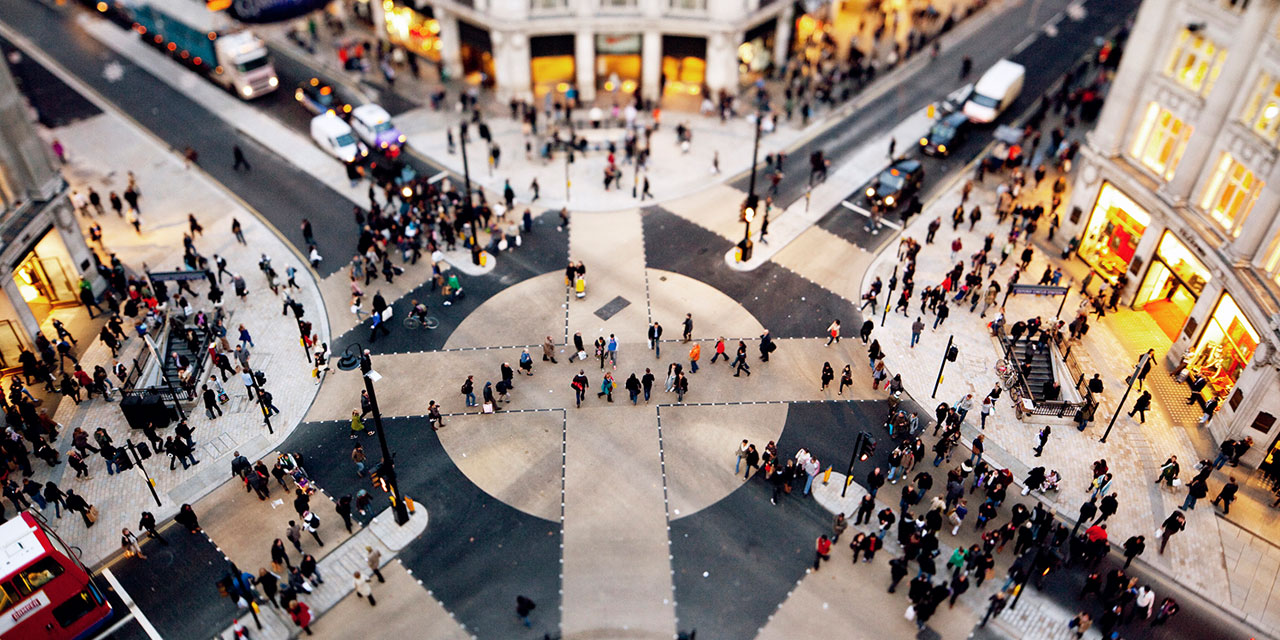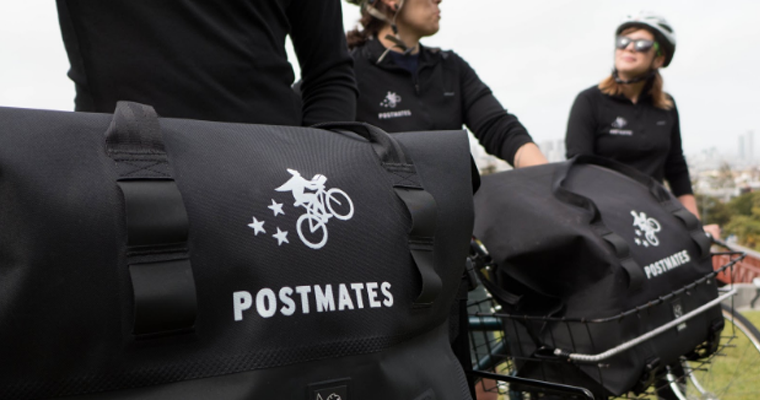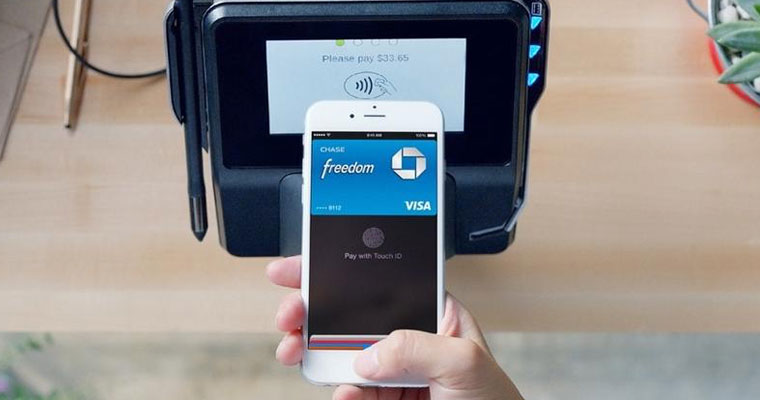The Future of Retail

Department stores have been in decline for more than two decades. And since the emergence of the internet, the extreme buying power of the consumer has never been more apparent. Instant gratification some might call it. But with websites like Amazon, Ebay, Half.com and Jet (not to mention every individual product site) people anywhere can get anything they want, for the lowest price possible in a mere matter of seconds. Scary, ain’t it? Well, that’s e-commerce for you, and it’s not going away anytime soon.
The meteoric rise of companies like, Uber, Lyft and Postmates have all capitalized on our need to have things at a moments notice. People want what they want in a matter of seconds, or else. And big brands know this, creating a cause for alarm. They know that if they don’t adapt and evolve, they’re going to lose out on precious sales that will add up over time.

Article: American retail as we know it is dying a slow and painful death
Some might call this the downside of technology, creating a culture of needs and immediate wants, as well as attention spans that last less than six seconds. But let’s call a spade a spade ,and talk about how this ‘game of gratification’ is causing more than one industry to completely reinvent itself.
The most interesting of cases is of course is the multibillion dollar retail industry. Department and electronics stores (grocery stores too for that matter) have not changed much since the 1970’s. Products on shelves, consumers walk past them, shoveling those they want into a metal carriage, and walking past those they don’t. Mind numbingly long lines are commonplace, lined with extra add-ons and candy bars at low prices. But where’s the creativity when it comes to selling to already well informed consumers? Some brands like Tesla, Microsoft, T-Mobile and Apple are booming, while others like Macy’s, J Crew, Filenes, K-Mart and Nordstrom and other department store brands are quickly fading into the abyss.
One interesting case is Best Buy (which was actually first called; Future Shop) who started ideating a better retail environment in the early 80’s and continued the trend into their American stores into the 90’s and early 2000’s. Their innovative set ups and interactive booths allowed consumers to actually test out their products, having dedicated systems, cameras and other items available for use. With this concept, the natural evolution of retail began to change, but has unfortunately not evolved much since then.
With mobile technologies, apps and an ever-expanding internet available to each and every one of us, the question is not whether retail environments are dying (they are) but what will they do to save themselves from it?
I’ve given a lot of thought to it, and after venturing into a couple ’21st century retail environments’ myself, I’ve compiled a few of my thoughts on what brands and retailers CAN do to improve their circumstances.
1) Stores, brands and commodities need to begin selling, ‘Experiences’ over just products. To do this, brands need to utilize emerging technologies. Whether it’s virtual reality, augmented reality or something else entirely, retail environments need to focus on the consumer experience above all. Retailers like Samsung, Verizon and CapitalOne 360 are already doing this with a number of their stores and are re-imagining their stores as a place for people instead of products. This allows for a more relaxed, personalized environment where people want to be spending their time.
2) However, retailers need to realize the sense of urgency for their consumers. Automation here is key. People want to get in and get out at some point. Most of the time, people come into a store already knowing what they want – and want to move on to the next part of their weekend as their time is limited. Part of the automation process should be reimagining the payment process. With items like Samsung Pay and Apple Pay, there’s really no more need for long lines and excessive wait times and designated check out kiosks. It blows my mind when I have to wait in a long useless line. Cashiers should be mobile, especially in 21st century stores where we already have self checkouts. These should be scattered throughout a designated retail environment, allowing for a more fluid experience. Consumers should also be able to easily to locate their items with the power of mobile. I would love to see a big retailer begin to use iBeacon’s for rapid use of loyalty points and easy in and out access.

3) Information needs to be conveyed to the consumer in a timely, efficient and accurate manner from the retailer. Consumers are entering retail environments armed to the teeth with information about the products and services their interested in. Chances are, they’ve done their research and don’t want to be taken for a motley fool. To make sure all of this information is conveyed properly, retailers are turning to fun, experiential ways to inform their customers. Instead of a static experience, consumers will more likely engage with a screen to quickly browse through products, videos and are able to ascertain a deeper understanding of the product they’re interested in. Take for instance demodern’s ‘Digital Retail Experience’ for 11 different stores in Berlin. Engaging the consumer becomes more personalized when they can do 3D research with the product in hand, as opposed to simply looking at it from their phone and making a decision then.
READ: Reimagining the Retail Store With Smart Technologies
So, what does this all mean for retail? Is it already dead? Well, no. People’s natural instinct is that they want things at a moments notice. Hence why retail will never fully die, but it’s also why consumerism here in America is at an all-time high. Whether it’s the new iPhone, TV, car, concert ticket or limited shoe release, consumers here in the states go into a frenzy. For retailers alike, the 21st century is already rife with issues, problems and questions on how to keep consumers coming back to the store. And while the answer is going to be slightly different in every scenario, the ‘Superclass’ of technology coming into the mainstream marketplace allows for agencies and clients alike to come up with unique ideas and innovations to these complex questions.
But will clients see the benefits of using experiential technology to better the in store experience for their consumers before it’s too late? Time will surely tell.
Check out our experiential work for Nike at the 2013 NBA All-Star Game in Houston, TX.
My thoughts? Nike has the best in store experiential I’ve seen to date. Would love to see other big brands step up to the plate and create more immersive retail environments for the consumer to enjoy and engage in. The whole point of retail is to shop for and experience products and items you can’t get (or don’t have) at home.
If you’re an interested client or partner looking to better utilize emerging technology to better the in store experience for your brand, get ahold of us by shooting our new business guy an email here: Cam@inphantry.com or email us all at: Base@inphantry.com
Find Cam King on LinkedIn // Follow @CamKing747 on Twitter
Follow @INPHANTRY on Twitter
